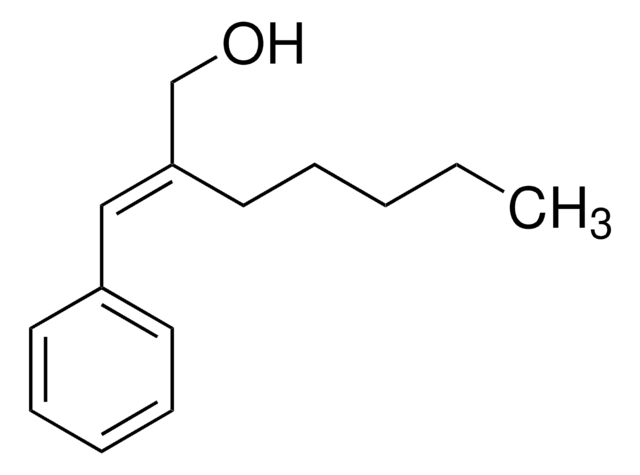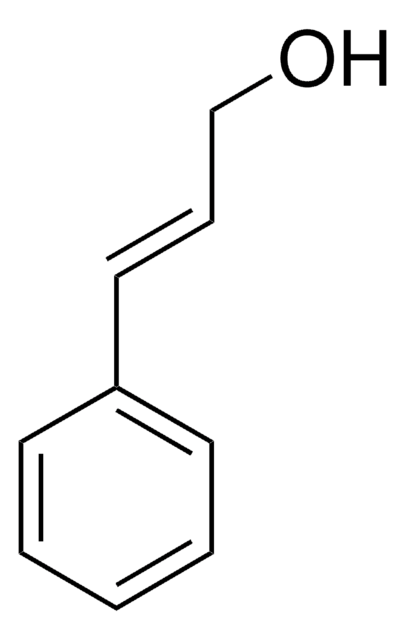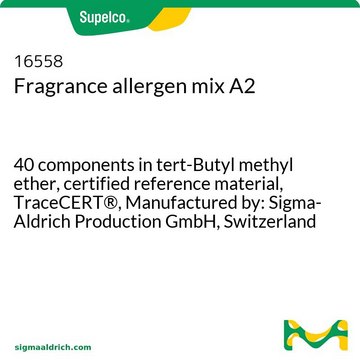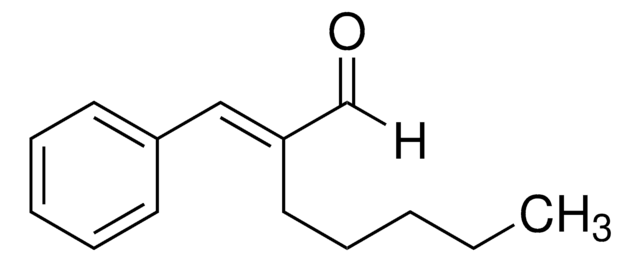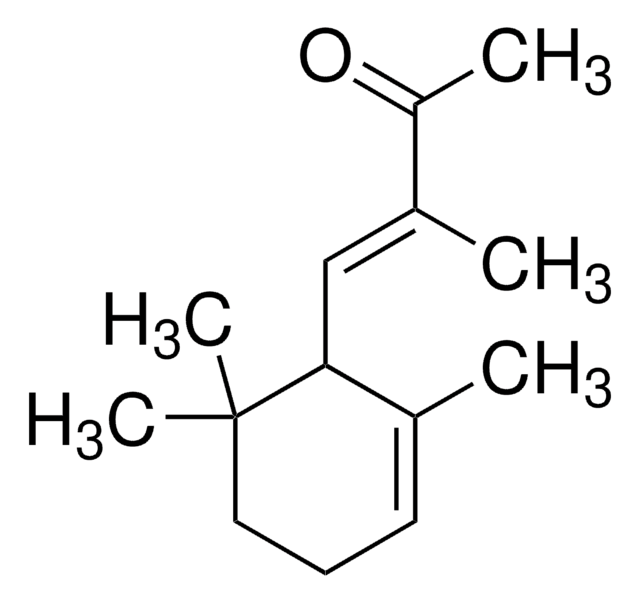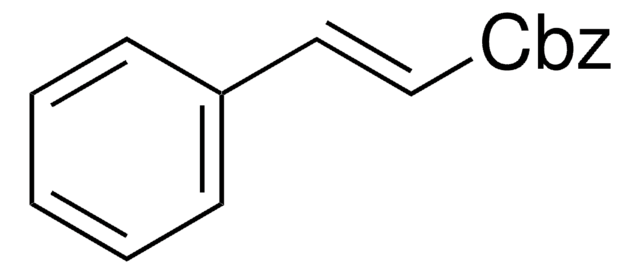About This Item
Recommended Products
grade
analytical standard
Quality Level
Assay
≥94.0% (GC)
shelf life
limited shelf life, expiry date on the label
technique(s)
HPLC: suitable
gas chromatography (GC): suitable
refractive index
n20/D 1.447-1.450
n20/D 1.448 (lit.)
bp
257 °C (lit.)
density
0.923 g/mL at 25 °C (lit.)
application(s)
cleaning products
cosmetics
environmental
flavors and fragrances
food and beverages
personal care
format
neat
storage temp.
2-8°C
SMILES string
[H]C(=O)CC(C)CCCC(C)(C)O
InChI
1S/C10H20O2/c1-9(6-8-11)5-4-7-10(2,3)12/h8-9,12H,4-7H2,1-3H3
InChI key
WPFVBOQKRVRMJB-UHFFFAOYSA-N
Looking for similar products? Visit Product Comparison Guide
General description
Application
It may also be used as an analytical reference standard for the quantification of the analyte in the following:
- Fragrances using comprehensive two-dimensional gas chromatography coupled with rapid scanning quadrupole mass spectrometry (GC × GC-qMS).
- Wastewater treatment plants (WWTPs) using gas chromatography-mass spectrometry (GC-MS).
Signal Word
Warning
Hazard Statements
Precautionary Statements
Hazard Classifications
Eye Irrit. 2 - Skin Irrit. 2 - Skin Sens. 1
Storage Class Code
10 - Combustible liquids
WGK
WGK 1
Flash Point(F)
Not applicable
Flash Point(C)
Not applicable
Personal Protective Equipment
Choose from one of the most recent versions:
Already Own This Product?
Find documentation for the products that you have recently purchased in the Document Library.
Our team of scientists has experience in all areas of research including Life Science, Material Science, Chemical Synthesis, Chromatography, Analytical and many others.
Contact Technical Service
